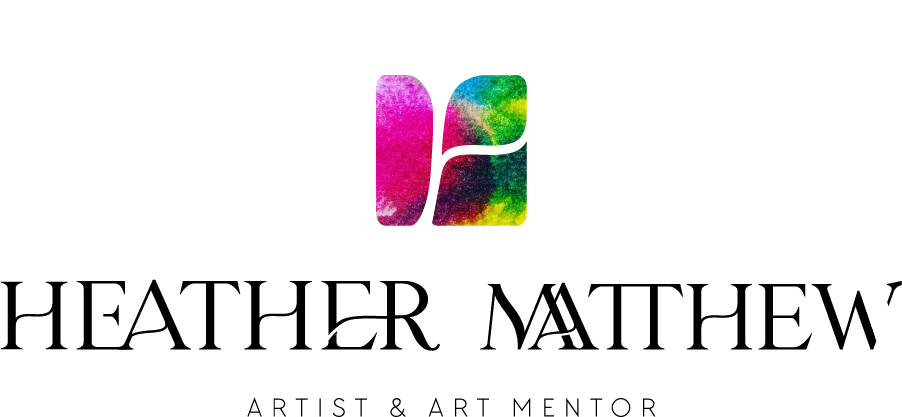The idea of it
Glenfinnan viaduct taken from the Jacobite Express carriage window
Sometimes it is the idea of something which propels us into action. If we are lucky, the reality meets or exceeds expectations. If not, we are left feeling that we missed that elusive something, the essence of what we had hoped to experience.
One such adventure was my journey from Mallaig to Fort William on the steam train, the Jacobite Express. The most photographed part of the journey is travelling over the Glenfinnan Viaduct. This railway bridge, a feat of Scottish engineering, was made famous in one of the Harry Potter movies, (I can't remember which) so it seemed the thing to do when in Scotland.
Crowds of people had the same idea. We were sardined into the old train, all trying to capture the magic of what we saw on the big screen. For a fleeting minute we rattled over the bridge, steam flying. Then it was over, that was it. I didn't buy any Harry Potter memorabilia, tourism had mitigated the idea of it. We pulled into the station, which is not called a station but a transport hub, then all went our separate ways....
Yesterday was our last day in Scotland and we travelled to Kirkcudbright, south of Glasgow to imbibe more ancestry. Along the road to Dumfries, we saw a sign for Ellisland Farm, where Scottish poet Robert Burns lived for some years and wrote his famous poem Tam o'Shanter. This was not on our itinerary but when we got there it turned out to be a special celebration to mark the connection between Burns and JM Barrie, another Scottish writer who lived in the Dumfries area 100 years later and wrote Peter Pan inspired by the "enchanted land" of "a certain Dumfries Garden".
The Peter Pan Moat Brae Trust exists to inspire children's imagination through stories and to create a National Centre for Children's Literature and Storytelling. Some volunteers from the trust were at Ellisland Farm to join the celebrations, which included a storyteller with 'parlour' pipes (smaller and less strident than traditional bagpipes), a young girl, Rose Byres with a clear voice who sang sad Scottish songs and people demonstrating traditional farm crafts.
There were probably only 10 visitors, us included. This was an authentic experience, we stayed for over two hours, talking, listening, walking around the orchard. There was an old stable with a model heavy horse harnessed with bridle, collar and hames and the milking shed with a replica cud chewing cow. While this might seem twee, it was done well; the smithy, farm implements and shedding looking as if someone had just stepped out of them into the homestead to have tea from the kitchen range.
I was captured by the idea of this, how we had inadvertently done a version of this same thing. We had travelled with a Clydesdale horse and cart, lived in rural Victoria on a small acreage with milking goats and chickens. These are the essence of the idea itself, also inspired by stories like Rumer Godden's book The Diddakoi and Alan Marshall's book These Are My People which Marshall wrote when travelling with his wife Olive in a horse-drawn caravan through Victoria.
Today we are in England. It is a bank holiday and the sun is out in the Lakes District. Every family and tourist are sunning themselves on the impossibly green grass. Flowers are blooming, cherry blossoms hang voluptuously over carefully tended stone walls and the scene is postcard perfect. It is the remembered image from one of my favourite childhood swap cards, the picture on the box of longed for but elusive 72 Derwent pencils.
Beautiful, and yet....it was the idea of it which had brought us here, not the gelato sellers and buskers and authentic English pubs. Perhaps this is all that can be expected of the new 'authentic' tourism experience, the harried shopkeepers, the no vacancy signs in bed and breakfasts, the queues of people lining up for the "best British fish and chips".
So I say - bring on the storytellers! The writers and artists, the dancers, musicians and performers who can create an authentic experience through our own imagination, an unmitigated travel through time and place.
View of Derwent Water, the lake in Keswick, England





